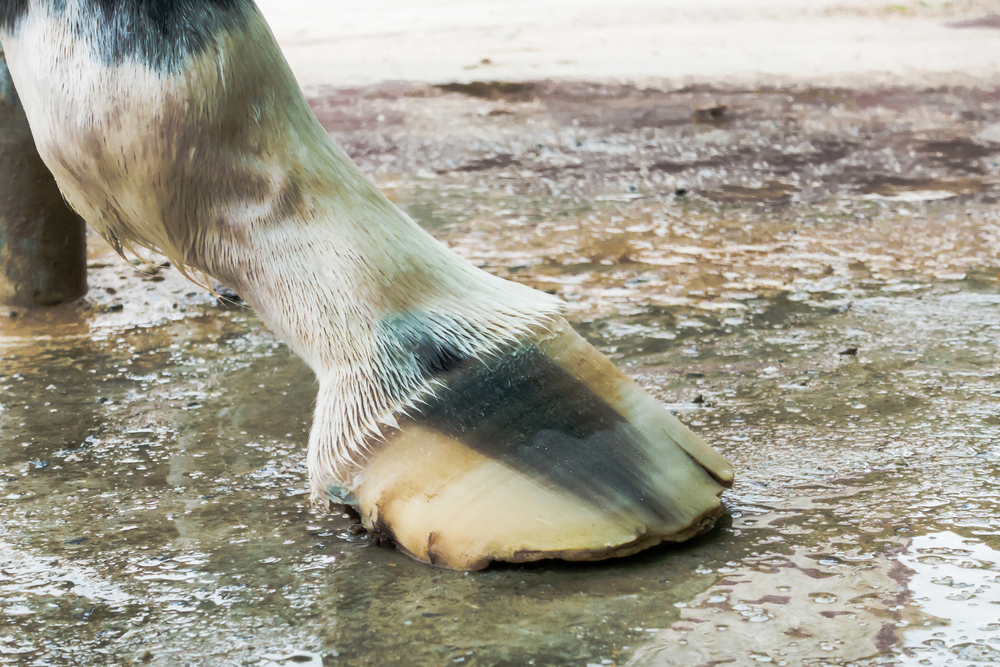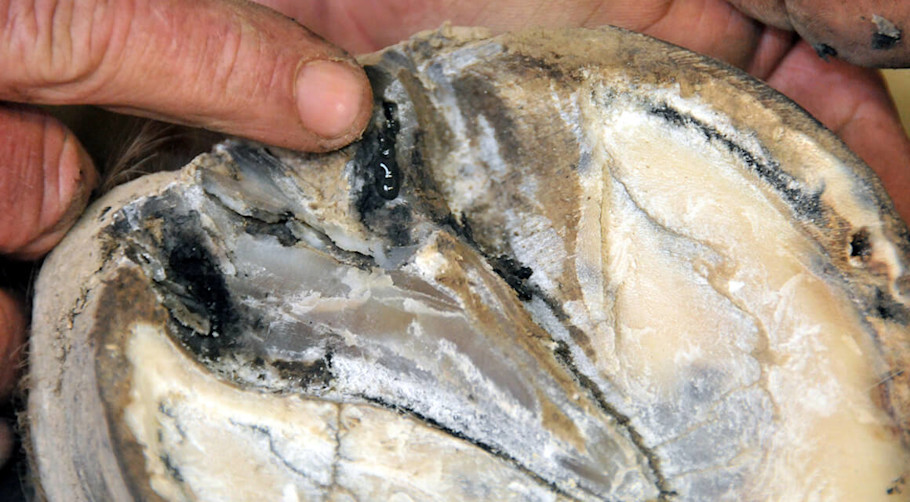Can Thrush Lead to Lameness in Horses? Understanding the Risks Thrush, a common hoof condition in horses, has been known to cause lameness in equines. It is a bacterial infection that affects the frog of the hoof, causing it to become soft, crumbly, and smelly. While mild cases of thrush may not lead to lameness, severe or untreated cases can result in discomfort and potentially impact the horses gait.
Understanding the risks associated with thrush and how to prevent and treat it is essential for horse owners and caretakers. In this article, we will delve into the connection between thrush and lameness in horses, providing valuable insights and information for equine health and maintenance.
What is thrush and how does it affect horses?

Thrush is a common fungal infection that affects the hooves of horses, specifically the frog area. It is caused by a buildup of bacteria and moisture, creating a dark, foul-smelling discharge. If left untreated, thrush can lead to lameness in horses as the infection spreads and weakens the hoof structures.
Horses with poor hoof hygiene, inadequate hoof trimming, or living in wet and muddy environments are more at risk for developing thrush. It is important for horse owners to regularly clean and inspect their horses hooves to prevent and treat thrush before it causes lameness and discomfort for the horse.
The connection between thrush and lameness in horses

Thrush, a common bacterial infection found in horses hooves, can have a significant impact on their overall health and soundness. While thrush itself may not directly cause lameness, severe cases can lead to discomfort and inflammation in the hoof, ultimately affecting the horses movement and performance. The infection thrives in moist, dirty environments, making regular hoof care and clean living conditions crucial for prevention.
By understanding the connection between thrush and lameness, horse owners can take proactive measures to keep their equine companions healthy and sound.
Regular hoof maintenance, proper diet, and exercise are essential components in managing thrush and preventing potential lameness issues in horses. By staying proactive and vigilant, owners can help protect their horses from the negative impacts of thrush and keep them happy and thriving.
Recognizing the signs and symptoms of thrush in horses

Recognizing the signs and symptoms of thrush in horses is essential for early intervention and treatment. One of the most common indicators of thrush is a foul odor emanating from the hoof, often accompanied by black or gray discharge.
Additionally, horses with thrush may exhibit lameness, especially when pressure is applied to the affected area. Other signs to look out for include sensitivity to touch, redness and inflammation, and deterioration of the frog tissue.
It is important for horse owners and caretakers to regularly inspect their horses hooves for any signs of thrush to prevent further complications such as lameness. By understanding the risks associated with thrush and taking proactive measures, the overall health and well-being of the horse can be maintained.
Conclusion
In conclusion, it is evident that thrush can indeed lead to lameness in horses if left untreated. Understanding the risks associated with this common hoof ailment is crucial for maintaining the health and well-being of our equine companions. By implementing proper hoof care practices, such as regular cleaning, hoof trimming, and Horse Thrush Treatment, horse owners can prevent the development of thrush and the potential for lameness.
Early detection and prompt treatment are key to addressing thrush and preventing its progression to lameness. With proper management and veterinary care, horses can lead healthy and active lives free from the debilitating effects of this common hoof condition.

